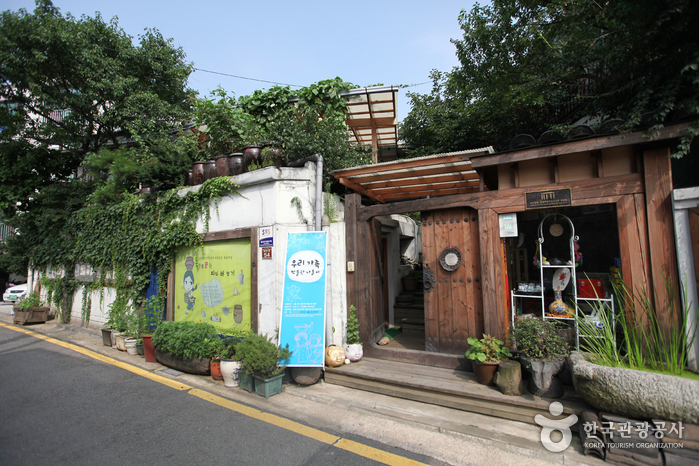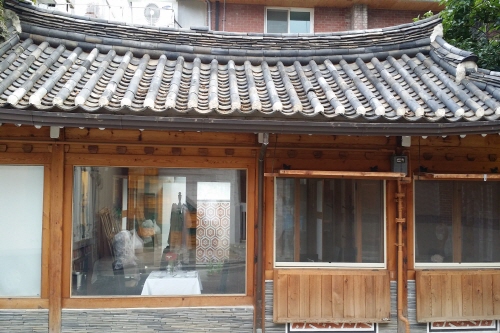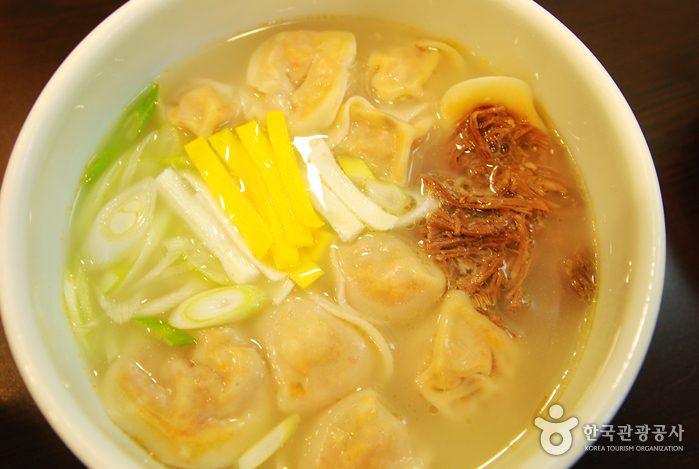Seoul Hyochang Park (서울 효창공원)
5.8Km 2024-07-09
177-18 Hyochangwon-ro, Yongsan-gu, Seoul
+82-2-2199-7608
Hyochang Park covers 122,245 square meters spanning across Hyochang-dong and Cheongpa 2-dong. It is a historic landmark that once contained several royal tombs, and was known at that time as Hyochangwon. The cemeteries that were originally located in Hyochangwon belonged to Crown Prince Munhyo, King Jeongjo’s first son who died at the age of five; Royal Noble Consort Uibin of the Seong Clan, King Jeongjo’s royal concubine and Crown Prince Munhyo’s mother; Royal Noble Consort Sugui of the Park Clan, King Sunjo’s royal concubine; and her daughter Princess Yeongon. The royal tombs were moved to Seooreung Tombs in the waning months of the Japanese colonial period. The Japanese empire began the development of Hyochangwon into a park in 1924, and the Japanese governor-general officially assigned the site as a park in 1940.
Presently, several of Korea’s greatest leaders are buried in Hyochang Park. The remains mostly belong to independence activists including Yoon Bong-gil, Lee Bong-chang, and Baek Jeong-gi, whose graves are collectively known as Samuisa Tomb. A statue of Lee Bong-chang has been built in the graveyard. Among the other patriotic martyrs who are interred in the park are Kim Gu and some of the key figures of the provisional government such as Lee Dong-nyeong, Cha I-seok, and Cho Seong-hwan. An ancestral shrine named Uiyeolsa has been built along the main gate and holds the portraits of the deceased independence activists.
Bukchon Museum (북촌생활사박물관)
5.8Km 2022-08-30
90, Bukchon-ro 5na-gil, Jongno-gu, Seoul
+82-2-736-3957
The Bukchon Museum displays items that have been collected from Bukchon, a historical village that was once home to the nation’s nobility. The museum was founded to observe urban development that took place in the recent decades through collected and preserved veryday household items that were used by Bukchon residents. Visitors are even allowed to touch items on display to better be able to imagine life in Korea before industrialization.
Gangnam Grand Eye Clinic (강남그랜드안과의원)
5.8Km 2025-07-07
4F-5F, 363 Gangnam-daero, Seocho-gu, Seoul
Gangnam Grand Eye Clinic is one of Korea's leading ophthalmology clinics. It received the Minister of Health and Welfare Award and is ranked among the top 10 companies participating in the Korea Grand Sale event.
With the latest medical technology and highly skilled medical staff, the clinic specializes in providing customized services for international patients. It offers interpretation services in various languages, including English, Russian, Mongolian, and Chinese, ensuring a comfortable medical experience without language barriers.
With over 30,000 cases in vision correction, including LASIK and LASEK, presbyopia, and cataract surgery, the clinic's medical staff delivers satisfying outcomes without unnecessary procedures. The clinic also boasts outstanding accessibility, with its convenient location right in front of Exit 5 of Gangnam Station.
Dal Café (달 카페)
5.8Km 2024-03-18
94-1 Samcheong-ro, Jongno-gu, Seoul
+82-2-735-7355
Dal Café is a café located in Bukchon Hanok Village, housed within a traditional Korean hanok. "Dal" means "moon" in Korean. The café is designed with lighting fixtures that give the impression of the moon hanging on the wall, making it a perfect spot for photography. The signature menu item here is the traditional Korean shaved ice with topping served in a traditional pot.
Châtaigne (샤떼뉴)
5.8Km 2021-12-29
19, Samcheong-ro 5-gil, Jongno-gu, Seoul
+82-2-736-5385
Châtaigne is a French restaurant housed in a charming hanok (traditional Korean house) that was remodelled to accommodate dining tables and chairs. Châtaigne uses seasonal ingredients to create a simple and unique French course meal.
Cheongsujeong (청수정)
5.8Km 2024-03-18
91 Samcheong-ro, Jongno-gu, Seoul
Cheongsujeong is a traditional Korean restaurant specializing in mussel dishes near Gyeongbokgung Palace. Mussel rice is a traditional dish from Ulleungdo Island. The signature menu is the honghapbap jeongsik (mussel rice set menu), which includes mussel-infused rice served with soybean paste jjigae, various side dishes such as salads, acorn jelly, kimchi, grilled fish, and more. Additionally, they offer dishes like bulgogi deopbap (stir-fried bulgogi with rice), jeyukbokkeum (spicy stir-fried pork), and ojingeo bokkeum (stir-fried squid).
Olive Young - Seocho Town Branch [Tax Refund Shop] (올리브영 서초타운)
5.8Km 2024-04-18
1F, 32, Seocho-daero 78-gil, Seocho-gu, Seoul
-
Kangbuk Samsung Hospital (강북삼성병원)
5.8Km 2025-07-07
29 Saemunan-ro, Jongno-gu, Seoul
Established in 1968, Kangbuk Samsung Hospital has over 50 years of history and is taking a new leap forward with a vision for its centennial year.
Through partnerships with renowned institutions, such as Johns Hopkins Hospital in the United States and the BBDC in Canada, the hospital delivers advanced medical services while leading the public health arena. It is also committed to systematic research and the development of ICT-integrated digital healthcare, which will be the foundation for future medicine. With an excellent infrastructure that includes clinics and specialized centers (e.g., the Diabetes Center, Breast and Thyroid Cancer Center, Digestive Cancer Center, Musculoskeletal Disease Center, and Prostate Center), Kangbuk Samsung Hospital provides top-quality medical services focused on providing patients with satisfactory treatments.
Olive Young - Sinyongsan Station Branch [Tax Refund Shop] (올리브영 신용산역)
5.8Km 2024-04-17
#101, and #102, 95, Hangang-daero, Yongsan-gu, Seoul
-
Gaetmaeul (갯마을)
5.8Km 2016-09-23
248, Ichon-ro, Yongsan-gu, Seoul
+82-2-798-5655, +82-2-798-1655
Gaetmaeul restaurant, located in Ichon-dong in the Yongsan area of Seoul, is widely known for its specialty dish, Son-manduguk (handmade dumpling soup). Not only does it serve exceptionally delicious food, but the service is friendly, and the facilities are clean. As well as the excellent mandu dishes, such as manduguk (dumpling soup) and tteok-manduguk (dumpling soup with rice cake slices), the menu also includes bindatteok (Korean mung-bean pancake) and suyuk (boiled slices of beaf). The kimchi used to fill the dumplings and offered as a side dish is also particularly good.



![Olive Young - Seocho Town Branch [Tax Refund Shop] (올리브영 서초타운)](http://tong.visitkorea.or.kr/cms/resource/84/2889584_image2_1.jpg)
![Olive Young - Sinyongsan Station Branch [Tax Refund Shop] (올리브영 신용산역)](http://tong.visitkorea.or.kr/cms/resource/95/2888195_image2_1.jpg)

 English
English
 한국어
한국어 日本語
日本語 中文(简体)
中文(简体) Deutsch
Deutsch Français
Français Español
Español Русский
Русский